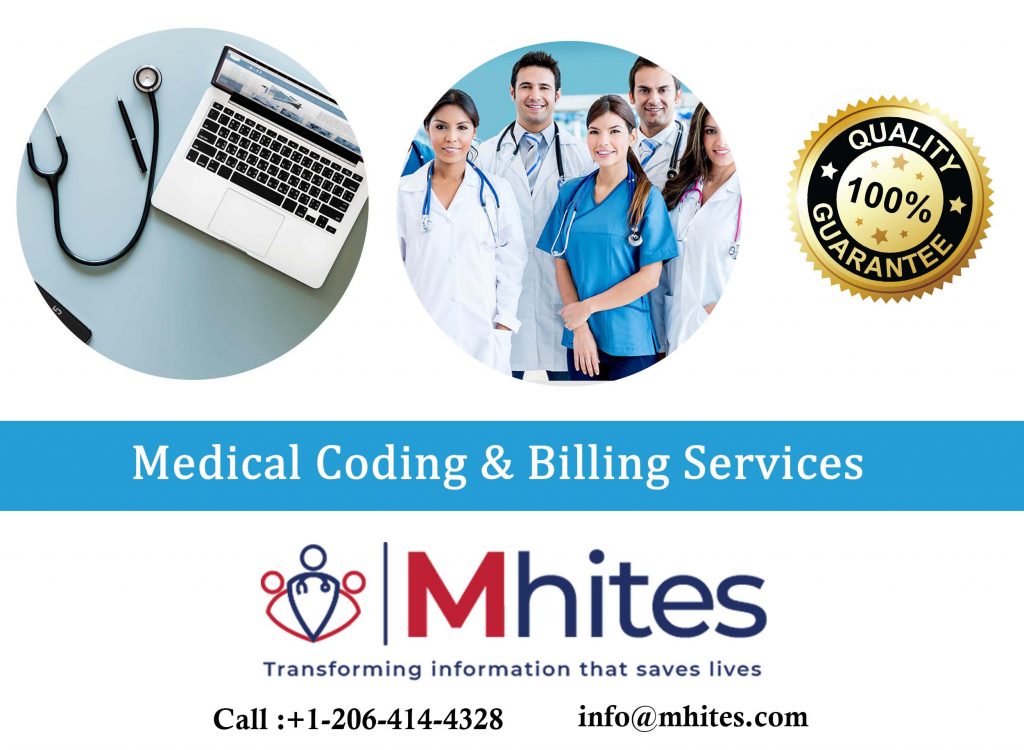Blog

Medical billing and coding are two closely related aspects of the modern health care industry. Both practices are involved in the immensely important reimbursement cycle, which ensures that health care providers are paid for the services they perform.
For the sake of simplicity, let’s divide the two at the moment and look at them as separate pieces of a larger process.
MEDICAL CODING
Medical coding, at it’s most basic, is a little like translation. It’s the coder’s job to take something that’s written one way (a doctor’s diagnosis, for example, or a prescription for a certain medication) and translate it as accurately as possible into a numeric or alphanumeric code. For every injury, diagnosis, and medical procedure, there is a corresponding code.
There are thousands and thousands of codes for medical procedures, outpatient procedures, and diagnoses. Let’s start with a quick example of medical coding in action.
A patient walks into a doctor’s office with a hacking cough, high production of mucus or sputum, and a fever. A nurse asks the patient their symptoms and performs some initial tests, and then the doctor examines the patient and diagnoses bronchitis. The doctor then prescribes medication to the patient.
Every part of this visit is recorded by the doctor or someone in the healthcare provider’s office. It’s the medical coder’s job to translate every bit of relevant information in that patient’s visit into numeric and alphanumeric codes, which can then be used in the billing process.
MEDICAL BILLING
On one level, medical billing is as simple as it sounds: medical billers take the information from the medical coder and make a bill for the insurance company, called a claim.
Of course, as with everything related to the health care system, this process isn’t as simple as it seems.
To get a better look at medical billing, let’s rewind the example we used earlier. Our same patient has a cough, a fever, and is producing lots of mucus. This patient calls the doctor and schedules an appointment. It’s here that the medical billing process begins.
The medical biller takes the codes, which show what kind of visit this is, what symptoms the patient shows, what the doctor’s diagnosis is, and what the doctor prescribes, and creates a claim out of these using a form or a type of software. The biller then sends this claim to the insurance company, which evaluates and returns it. The biller then evaluates this returned claim and figures out how much of the bill the patient owes, after the insurance is taken out.
Benefits of Medical Coding Services
Medical coding is a bit like translation. Coders take medical reports from doctors, which may include a patient’s condition, the doctor’s diagnosis, a prescription, and whatever procedures the doctor or healthcare provider performed on the patient, and turn that into a set of codes, which make up a crucial part of the medical claim. Some of the key benefits of medical coding include:
- Reduced accounts receivable days
- Avoidance of costly back billing
- Cleaner claims and fewer denials
- More than 98% accuracy
- Ability to generate customer specific reports
Benefits of Medical Billing Services
Most practices are aware of how medical billing services and revenue cycle management can reduce costs and increase collections, thanks to electronic eligibility verification and other benefits. Some of the key advantages of medical billing include:
- Increased revenue generation
- Faster claims processing which in turn results in healthier cash flow
- More time to focus on core competencies and increase efficiency
- Decreased practice overhead costs by being able to hire fewer employees
- Ability to avoid negotiations with payers and insurance companies
